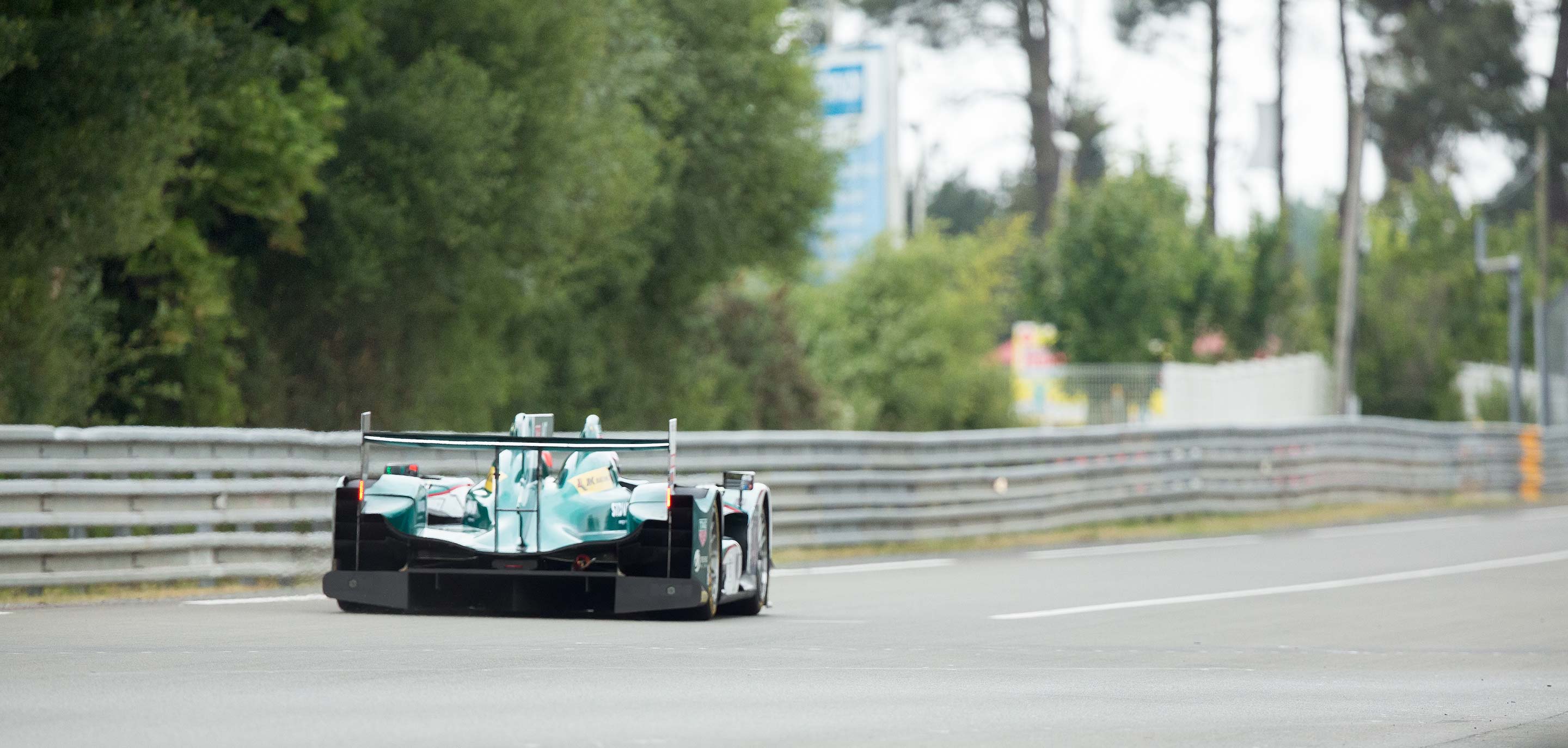By Jack Webster. Photos by Eddie LePine
There will be a total of 61 cars on the entry list for the 2023 running of the Rolex 24 at Daytona Appropriately, there will now be 61 cars entered for the 61st Rolex 24.
Yesterday, team principals from all the GTP teams participated in a round table discussion about the issues they will be facing at the 2023 edition of the Rolex 24 at Daytona, a tough race made even more challenging by the fact that they will all be entering brand new, unraced GTP cars.
Jonathan Diugid of Penske Porsche, Brandon Fry of Team RRL BMW, Gary Nelson of Action Express Racing (Cadillac), Mike O’Gara of Chip Ganassi Racing (Cadillac), Justin Harnisfager of MSR (Acura) and Travis Houge of WTR/Andretti (Acura) all participated in a discussion of what to expect at the upcoming debut of IMSA’s top class at Daytona.

All agreed on a basic principle: Reliability will be the key in winning the Rolex 24 this year, more so than ever. Even with thousands of hours of preparation, thousands of miles of testing and a short off season spent putting resources together, they all agreed that testing is not racing and the true test of these new GTP cars will take place only once the green flag falls of the Rolex 24 at 1:40 PM on January 28.
Here are the GTP cars that will line up for the Rolex 24, and their respective drivers (one of the highest levels of talent ever seen at Daytona).

Grand Touring Prototype (GTP)
- No. 01 Chip Ganassi Racing Cadillac V-LMDh: Sebastien Bourdais and Renger van der Zande for full season, Scott Dixon for Rolex 24.
- No. 02 Chip Ganassi Racing Cadillac V-LMDh: A Rolex 24-only entry with Earl Bamber, Alex Lynn and Richard Westbrook.
- Nos. 6 and 7 Porsche Penske Motorsport Porsche 963s: The team is running two full-season cars each in the WeatherTech Championship and FIA World Endurance Championship. Specific driver assignments haven’t been set but those already named to the program are Dane Cameron, Matt Campbell, Michael Christensen, Kevin Estre, Mathieu Jaminet, Andre Lotterer, Fred Makowiecki, Felipe Nasr, Nick Tandy and Laurens Vanthoor.
- No. 10 Konica Minolta Acura ARX-06: Filipe Albuquerque and Ricky Taylor for full season, Louis Deletraz for IMEC and Brendon Hartley for Rolex 24.
- Nos. 24 and 25 BMW M Team RLL BMW M Hybrid V8s: Specific assignments are to be set but full-season drivers are Connor De Phillippi and Nick Yelloly piloting one car and Philipp Eng and Augusto Farfus paired up in the other. They will be joined at the Rolex 24 by Colton Herta, with Sheldon van der Linde and Marco Wittmann on board for Daytona and Sebring.
- No. 31 Action Express Racing Cadillac V-LMDh: Returning with Whelen Engineering Racing sponsorship, Pipo Derani and Alexander Sims are in for the full season, with Jack Aitken on board for the Rolex 24.
- No. 60 Meyer Shank Racing with Curb Agajanian Acura ARX-06: Tom Blomqvist and Colin Braun for full season, Helio Castroneves for IMEC and Simon Pagenaud for Rolex 24.

Long gone are the days of teams with multiple cars sending one car to run flat out as the “rabbit” in the hopes that other team’s cars will break trying to keep up. All the team principals agreed that the Rolex 24 is now a 24-Hour sprint race, and the team with the least number of problems, best pit work and best preparation is likely to be the winner overall.
Even with these all-new GTP cars, and some of the issues they expect to have to deal with in the race, these team principals seemed confident that a GTP class car will win the Rolex 24 overall, despite some pundits saying that a LMP2 car could emerge from the field and steal the win despite being pegged back with BoP.

A look at history provides some clues. We did research on cars that raced in the 24 Hours of Daytona going back to the first race in 1966. In the early years, cars were much less complex, but more fragile, and didn’t rely on engineers and computers or a lot of pre-race testing before heading to Daytona for the 24-Hour race – and finishing statistics reflected that fact. As time went on, cars did become more complex but the quality of materials and preparation became much better, teams became more professional and cars were able to be run flat out all the time. Now, in the modern era, we see all of that coming together and the finishing percentage of cars racing at Daytona over the past decade bears that out.
Here are those records.
1966-1975: 42% of cars that started the 24 Hours finished.
1976-1990: 39% of cars that started the 24 Hours finished.
1991-2000: 50% of cars that started the 24 Hours finished.
2001-2010: 56% of cars that started the 24 Hours finished.
2011-2022: 73% of cars that started the 24 Hours finished.

The 2023 edition of the Rolex 24 at Daytona will be the birth of a new era of IMSA sports car racing, and one that is likely to usher in a new “Golden Era” of racing worldwide. The manufacturers and the teams have done their work and prepared their new GTP cars as best as they can possibly be prepared for this classic twice around the clock contest. Some GTP cars will have problems, some will fail, most will overcome issues that come up in the race. All will continue to race throughout the season, and will joined by new teams and manufacturers in the future.
Credit to all the teams and manufacturers that have stepped up to participate in the IMSA SportsCar Championship.
Welcome to GTP racing – 21st Century style.


